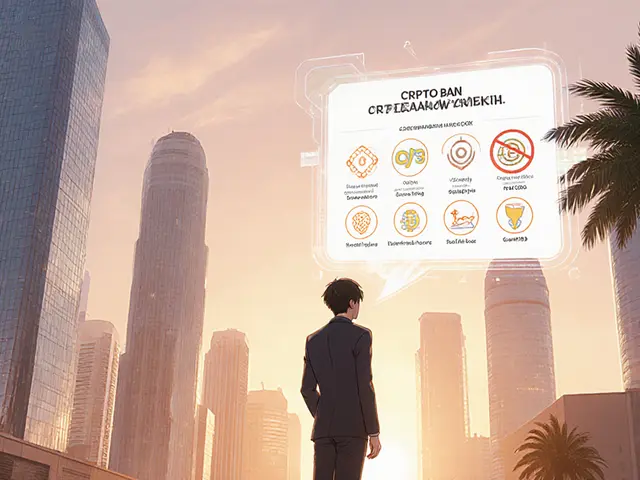Trustless Bridge: How Crypto Transfers Work Without Middlemen
When you send Bitcoin to an Ethereum wallet, you’re not actually moving Bitcoin—you’re using a trustless bridge, a system that locks crypto on one chain and releases an equivalent token on another, without relying on a central authority. Also known as a cross-chain bridge, it’s what makes DeFi wallets feel like one big network, even when they’re built on totally different blockchains. Unlike old-school exchanges that hold your funds and promise to send them later, a trustless bridge uses smart contracts to automate the swap. If the code works right, you get your crypto back. If it fails, you get your original coins back—no human needs to approve it.
This isn’t magic. It’s math and economics. The bridge locks your ETH on Ethereum, then mints an equivalent amount of wETH on Solana. Someone else, often called a relayer, watches both chains and triggers the release. They’re paid in fees, not trusted. That’s why it’s called trustless. You don’t need to trust the bridge operator—you trust the code. But here’s the catch: if the code has a flaw, or if the relayers get hacked, your money can vanish. That’s why big bridges like Polygon’s PoS Bridge or Arbitrum’s Nitro have been audited dozens of times, while smaller ones with no public reviews are often scams waiting to happen.
Trustless bridges are everywhere in DeFi. They let you take your USDC from Ethereum to Avalanche to earn higher yields. They let you use your Bitcoin in a lending protocol on Solana. They’re the reason you can trade tokens across chains without going through a centralized exchange. But they’re also the most common target for hackers. In 2022, over $2 billion was stolen through bridge exploits. The most successful ones? They didn’t break the code—they tricked the people who ran the relayers. That’s why you should always check if a bridge is used by major protocols like Aave or Uniswap, not just some new token with a flashy website.
What you’ll find in the posts below are real examples of how bridges are built, broken, and abused. You’ll see how Iran uses crypto bridges to bypass sanctions, how DeFi projects rely on them to move liquidity, and why some so-called "trustless" systems are anything but. No fluff. Just what works, what fails, and what you need to know before you send your crypto across chains.
18
Trusted vs Trustless Bridge Designs: Which One Keeps Your Crypto Safe?
Trusted and trustless blockchain bridges offer different trade-offs between speed and security. Learn which one to use based on your transfer amount, risk tolerance, and technical comfort level.
Latest Posts
Popular Posts
-
 DePIN Token Economics: How Blockchain Incentives Power Real-World Infrastructure
DePIN Token Economics: How Blockchain Incentives Power Real-World Infrastructure
-
 What Is Collateralization in DeFi? A Clear Guide to How It Works and Why It Matters
What Is Collateralization in DeFi? A Clear Guide to How It Works and Why It Matters
-
 Cross-Border Crypto Payments in Russia: How New Bitcoin Regulations Are Reshaping Trade
Cross-Border Crypto Payments in Russia: How New Bitcoin Regulations Are Reshaping Trade
-
 Future of AI in Crypto Industry: How AI and Blockchain Are Merging in 2025
Future of AI in Crypto Industry: How AI and Blockchain Are Merging in 2025
-
 What is Bitgert (BRISE) crypto coin? Full breakdown of the blockchain, tokenomics, and real-world performance
What is Bitgert (BRISE) crypto coin? Full breakdown of the blockchain, tokenomics, and real-world performance
Tags
- crypto exchange
- cryptocurrency
- blockchain
- crypto exchange review
- meme cryptocurrency
- cryptocurrency compliance
- Binance Smart Chain
- crypto airdrop 2025
- CoinMarketCap airdrop
- underground crypto Nepal
- crypto airdrop guide
- crypto staking
- Bitcoin mining Iran
- airdrop
- Ethereum staking
- GENIUS Act
- liquid staking
- cryptocurrency exchange security
- crypto
- crypto airdrop



